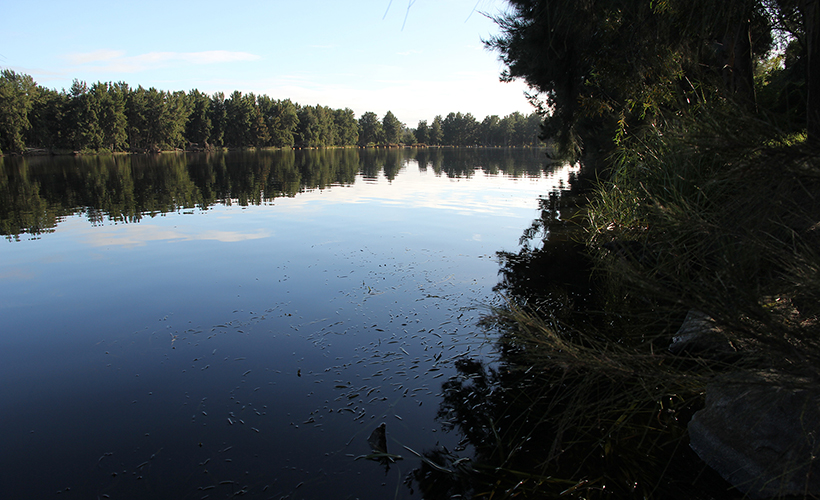 Swimming or falling into cold water (<15°C) can result in cold water shock and increases the risk of drowning.
Swimming or falling into cold water (<15°C) can result in cold water shock and increases the risk of drowning.
Swimming in cold water without appropriate safety equipment and precautions or sudden falls into cold water can be fatal. Cold water can cause cold water shock and hypothermia, and can impact people of all ages and fitness, including even the most capable swimmers. These conditions can adversely affect the body's ability to function properly, thereby increasing the risk of drowning.
While not everyone continues to swim in winter, other aquatic activities such as boating, kayaking and fishing are popular year round. When recreating in and around water, drowning remains a risk, even when a person has no intention of entering the water.
Accidental falls into water is a leading cause of drowning in Australia, accounting for an average of 52 drowning deaths each year. Slippery banks, poor weather conditions and alcohol are all factors which can contribute to falls into water.
Small changes in core body temperature can have profound effect on how we perform simple tasks. Your proficiency to swim in warm water has little correlation to your ability to survive in cold water. As the cold water affects your physical capabilities, it will also affect your capacity to think clearly. You may tire far more rapidly and experience fear, panic and helplessness, regardless of your normal degree of confidence in the water.
Cold Water Shock
Cold water shock can occur when your body undergoes sudden immersion in cold water that is less than 15°C. It causes uncontrollable breathing and increases the work of the heart, which can lead to hypothermia and drowning. Swimming and activities in cold water without appropriate safety equipment and sudden falls into cold water can be fatal.
As your heart beats faster, blood vessels in your skin rapidly begin to close making it difficult for blood to flow.
Signs of cold water shock include:
- Rapid cooling of skin, pale skin
- Rapid and uncontrolled breathing patterns, hyperventilation
- Panic
Hypothermia
Hypothermia is dangerous and occurs when core body temperature falls below 35°C for 30 minutes or more. It may follow cold water shock after sudden immersion in cold water.
Signs of hypothermia include:
- Confusion
- Loss of coordination
- Shivering stops
- Body rigidity and fatigue
Body’s response to cold water immersion
Phase 1
- Initial immersion and cold shock response
- Occurs within the first 1 to 4 minutes
- Increase in metabolism
- Rapid skin cooling initiates immediate gasp response, inability to hold breath and hyperventilation
Phase 2
- Short-term immersion and loss of performance
- Significant cooling of peripheral tissues, especially in the extremities, continues with most of the effects occurring over the first 30 minutes
Phase 3
- Long-term immersion and the onset of hypothermia
- Continuous heat loss from the body eventually decreases core temperature
- Hypothermia usually only becomes a contributor to death if immersion lasts for more than 30 minutes
